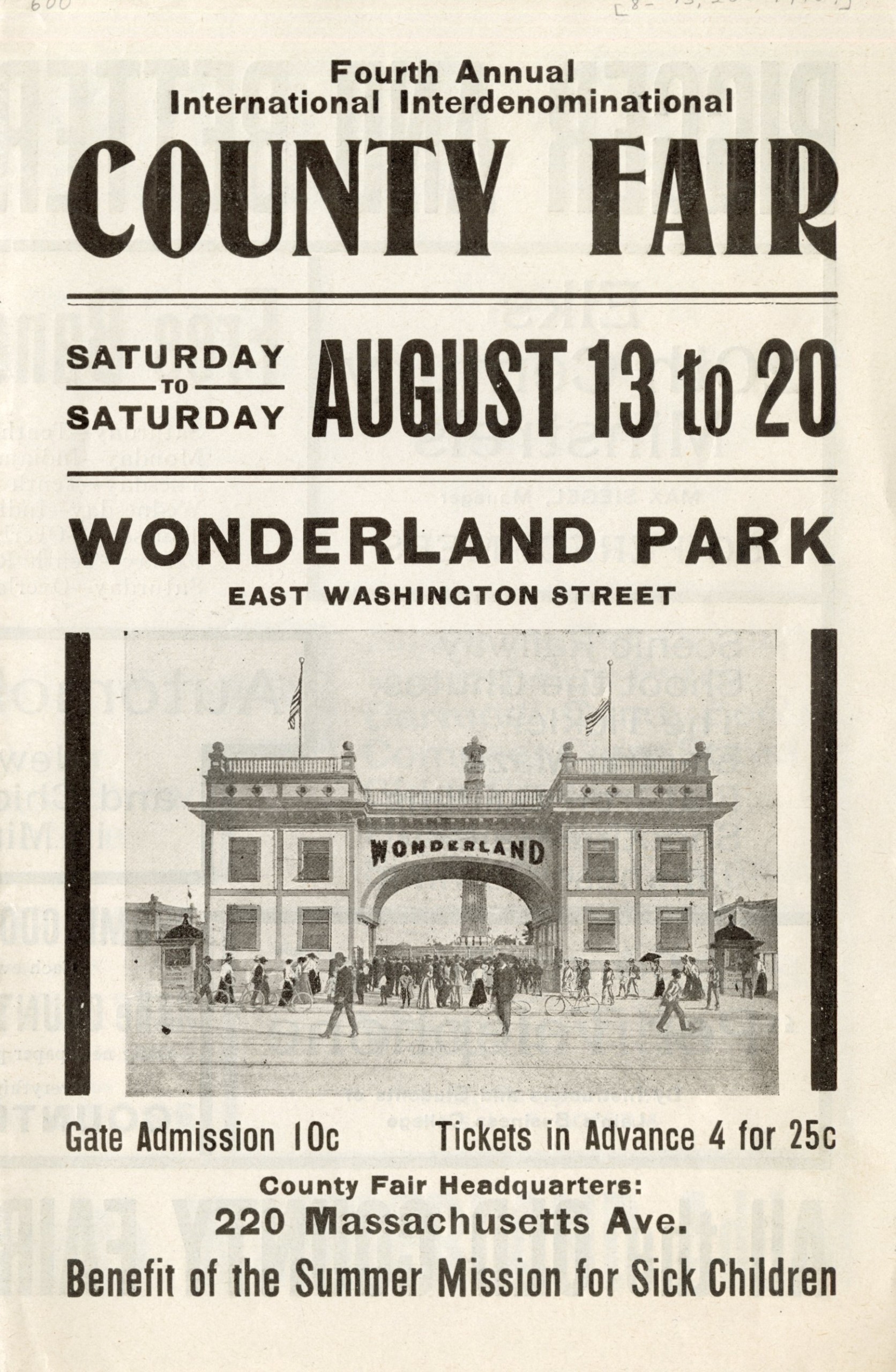

Condition plays an even greater role than usual in determining the monetary value of literary first editions. Collectors of literary works especially are interested in first editions, and there is a lively and well- documented market for these books. The liberal use of the term "first edition" has made it seem synonymous with "scarce" and "valuable." This is by no means the case. Subsequent changes to the printed text through corrections of the original typesetting produces different "states" and "issues" but not a new edition. A book that has been rebound or is in less than fine condition must be very important or in high demand to be of substantial value.įirst Edition: In the strictest sense, "first edition" refers to a copy of a book printed from the first setting of type, constituting the first public appearance of the text in that form. A blog featuring rare books, films, manuscripts, images, and exhibitions from the History of Medicine Division of the National Library of Medicine. A book in "fine" condition is complete in all respects, has no tears or other signs of misuse or overuse, and is in an original or appropriate and intact binding. Condition refers to both the book's external physical appearance and the completeness of its contents. The 54-page, handwritten document outlines calculations that led to his theory of relativity. A book without importance or demand has little value regardless of how few copies survive.Ĭondition: Condition is a major factor in determining a book's value along with intrinsic importance, supply and demand. LONDON - A rare manuscript by Albert Einstein that changed the course of modern science was just sold for over 13.3 million euros (over 15 million), including fees, beating all predictions. A book known to exist in only a few copies may have value if it has importance and is in demand. Scarcity: Scarcity does not equal rarity.

These dates are rough guidelines at best and are always subject to the overriding factors of intrinsic importance, condition, and demand. Dealers, collectors and librarians, however, do use some broad time spans to establish dates of likely importance: e.g., all books printed before 1501, English books printed before 1641, books printed in the Americas before 1801 and books printed west of the Mississippi before 1850. The other factors are typically more important considerations of rarity. Intrinsic Importance: The most essential factor in determining rarity is the book's intrinsic importance, or how important the book is considered in its field.Īge: Surprisingly to many people, the age of a book has very little to do with its value. Unfortunately, there are no easy formulas for determining rarity. In simple terms, books achieve a degree of rarity only when demand exceeds supply. Only a small portion of these pieces, however, would be considered “rare” by specialists. The Newton finally went to an international businessman at more than double its high estimate.Millions of books, pamphlets, magazines, newspapers, and broadsides have been published since the invention of printing more than five hundred years ago. Total online demand on just one of our online platforms exceeded $194,000, and auction staff were riveted as three live phone bidders competed for supremacy. Auction activity for the Sir Isaac Newton signed document was intense. In September 1720, just three months after signing this document, South Sea shares plummeted, and Newton lost £20,000. When asked his opinion of the prospect of South Sea stock, Newton replied that while he could calculate the motions of heavenly bodies, the madness of the people defied natural laws. The infamous joint stock company endorsed by the British monarchy and enriched by the transatlantic slave trade would later become the textbook example of a speculation bubble. The partly handwritten and partly printed contract dated Jauthorized Newton’s financial adviser Joseph Safford to obtain shares in the South Sea Company. 316 likes, 15 comments - Puneet Sahani (puneetsowell) on Instagram: 'RARE never seen before Sikh manuscripts in possession of Sindhi Nanakpanthi family: 1) Jaap. A financial document signed by British physicist Sir Isaac Newton (1642-1727) as "Isaac Newton" changed hands for over $100,000 at our May 6th online auction.


 0 kommentar(er)
0 kommentar(er)
